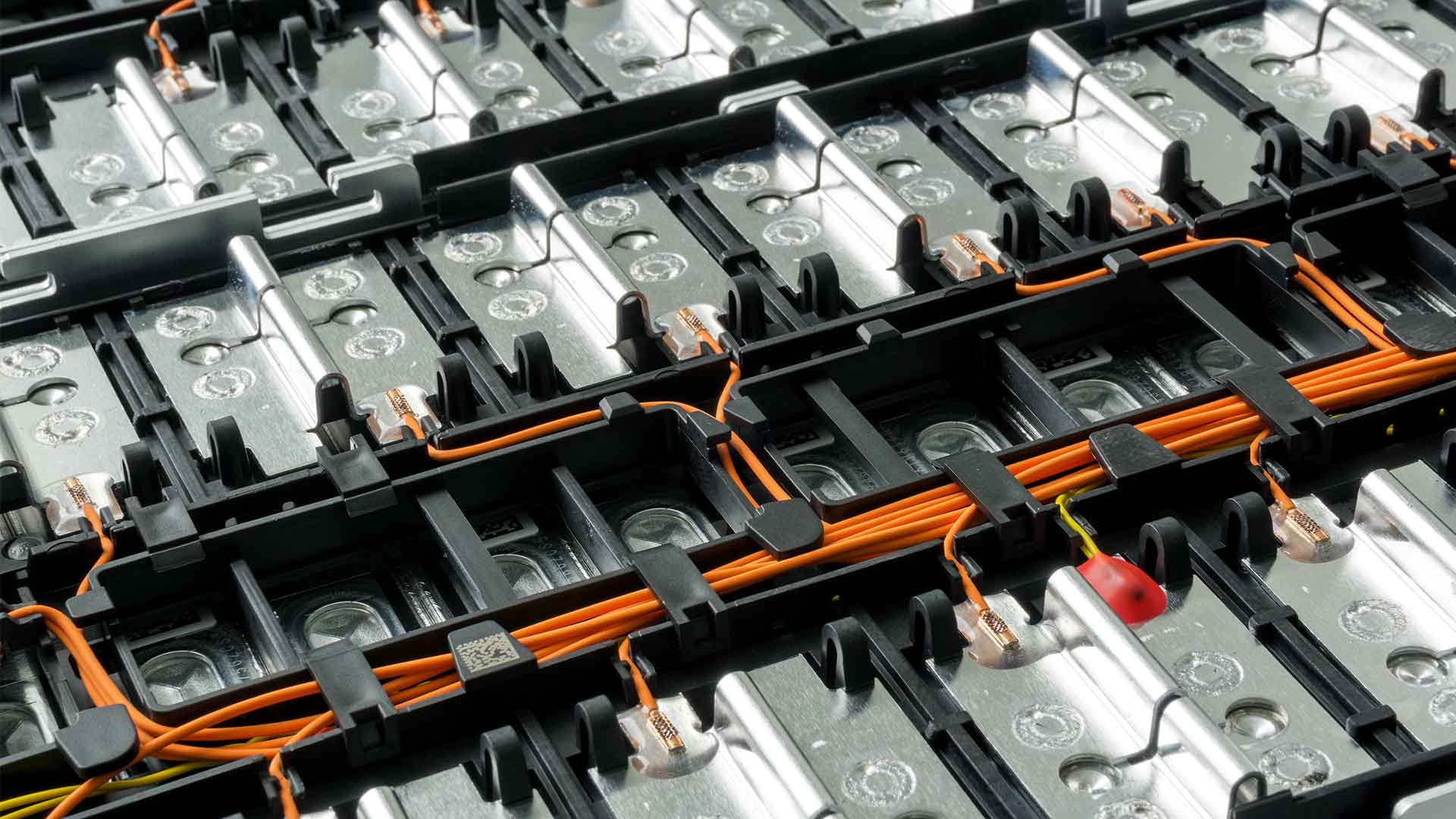Lithium Battery Prices Set to Soar
Today we’re going to talk about lithium battery prices.
Lithium battery pack prices have been steadily increasing since 2022 taking both manufacturers and consumers by surprise. This shift marks a significant rise and is a trend set to continue over the next few years. So it’s more important than ever for companies to understand what’s driving these increases to brace themselves against looming higher costs.

So why are lithium batteries in such high demand?
This surging demand for lithium batteries is not showing any signs of slowing down. As electric cars become increasingly popular, the need for more efficient battery technologies increases. This means these lithium batteries must be produced at an ever-increasing rate to power these vehicles.
In addition, many everyday items like laptops, tablets, and smartwatches rely on similar battery technology to operate. Consequently, the market for these batteries will keep expanding at a breakneck speed. Thanks to its ability to store greater amounts of energy than other rechargeable batteries, lithium-ion technology has become one of the most sought-after energy storage devices available today.
It’s estimated that by 2040 more electric vehicles will be on the road than those powered by fossil fuels, which means that lithium-ion batteries will likely remain a key part of the automotive industry for years to come.
After a decade of consistent declines, lithium battery pack prices have taken an unexpected turn upwards. Electric vehicle and lithium battery energy storage system pack prices, or BESS, have skyrocketed to US $151 per kilowatt hour, the first significant increase since Bloomberg’s NEF surveys began in 2010.
This sudden jump comes after years of consistent declines driven by supply chain constraints as well as COVID-19 restrictions and inflationary pressures, which is a sharp contrast from when costs averaged below a hundred dollars per kilowatt hour, just two years ago.
The cost of lithium-ion batteries has been steadily declining since 2010 when the average cost dropped by an impressive 89% to US $137 per kilowatt hour in 2021. This compares to last year’s 6% drop to $131 and as a result, Bloomberg NEF had initially predicted the pack costs would fall below the US$100 dollar mark by 2024.
However, due to increasing demand and supply chain challenges as well as other factors, BloombergNEF revised its prediction. It now expects cost declines to resume from 2024 and for prices to reach sub-hundred dollar levels by 2026. This could make electric car ownership, more accessible and affordable for many people.
China is at the forefront of lithium battery supply chains for a reason. Their packs are about one-fourth to one-third cheaper than in other countries. Last year China had some of the most affordable batteries available on the market; at $127 per kilowatt hour.
United States prices were 24% higher than Chinese equivalents and those offered within Europe were a staggering 33% more costly. So what are the prices on the horizon in 2023? Well, as lithium battery gains traction in the EV and BESS industries for its higher tolerance of physical abuse, increased thermal stability, historically lower cost than competitors, and lack of reliance on cobalt-based supply chains, rising demand has caused an unexpected increase in raw material input costs. This renders lithium batteries’ previous price advantage unsustainable as pricing rises alongside surging market popularity.
The increasing demand for lithium batteries is a beacon of hope to investors signaling that investing in raw materials, extraction, and processing, as well as factories producing finished products, is worth the risk. And this momentum may well propel lithium battery costs down longterm. However, it may take some time before new upstream resources become available to meet higher pricing demands of around $152 per kilowatt hour next year.
Kwasi Ampofo, head of metals and mining at Bloomberg NEF, predicts that an influx in lithium supply later this year could help mitigate persistent constraints to the battery metals chain. But geopolitical tension remains a major source of uncertainty for prices moving forward and to further compound issues manufacturers are now gearing up improved production capabilities with next-gen technologies, such as batteries fitted with silicon anodes or solid-state electrolytes, which offer another potential avenue for price relief if adopted on a large enough scale.
Will the United States become a top producer of lithium batteries?
Well, the demand for lithium batteries is only expected to grow and the US will need to be prepared for a surge in employment opportunities related to this technology. The department of energy forecasts the number of jobs related to EVs will reach more than 700,000 by 2030 and this includes not just producing batteries, but also designing engineering, managing their use, and recycling them at the end of their life cycle.
All these jobs are crucial in helping ensure battery production follows best practices and meets safety standards while offering potential career pathways for Americans who can help lead the transition toward clean energy sources.
Highly skilled positions, such as engineers and technicians with knowledge in electronics and renewable energy, are particularly important, as they can help develop more efficient and cost-effective batteries. Additionally, increased investment in research and development is needed to stay at the forefront of this rapidly changing industry.
The US is playing catch up in this race and the consequences of being left behind it could be devastating. The nation must act quickly to build a sustainable battery manufacturing industry. If it hopes to compete with China and other nations that are already well ahead of the curve.
To do so the US must develop an integrated strategy, encompassing all aspects of building a competitive battery supply chain from research and development to manufacturing, logistics, and recycling.
The strategy must also provide incentives for international companies to invest in domestic production and support services, such as workforce training and financing options. If done correctly, the US can create a powerful vertical battery manufacturing business that will provide long-term economic benefits and create high-paying jobs for American workers.
As a final note, the manufacturing of lithium batteries creates serious environmental issues. But the popularity of these batteries means that usage is only expected to rise. Lithium batteries are used in most electrical vehicles currently being built, with Tesla as one of the biggest users.
The increased demand for these batteries has led to a need for more responsible manufacturing and disposal practices to protect our environment.
And that’s all from Borates. Today. Thanks for listening.





